Although the "fruit king" has just set an export record of 3.2 billion USD last year, the continuous bad news from the markets is also a warning for this strength of our country.
According to statistics from the General Department of Customs, last year, durian export turnover reached 3.21 billion USD, an increase of 43.2% over the previous year and a historical record high.
In particular, with a proportion of up to 44.94% of the total export value of the fruit and vegetable industry, durian contributes greatly to the overall growth rate, bringing the total turnover of this industry in 2024 to 7.15 billion USD.
However, the export value of fruits and vegetables of our country as of February 15 only reached 525 million USD, down 17.2% compared to the same period last year.
Of which, durian exports as of mid-February only reached 3,500 tons, a sharp decrease of 80% compared to the same period in 2024, Tien Phong cited statistics from the Ministry of Agriculture and Rural Development.
The reason for this sharp decline is because China tightened the inspection of the banned substance yellow O on durian.
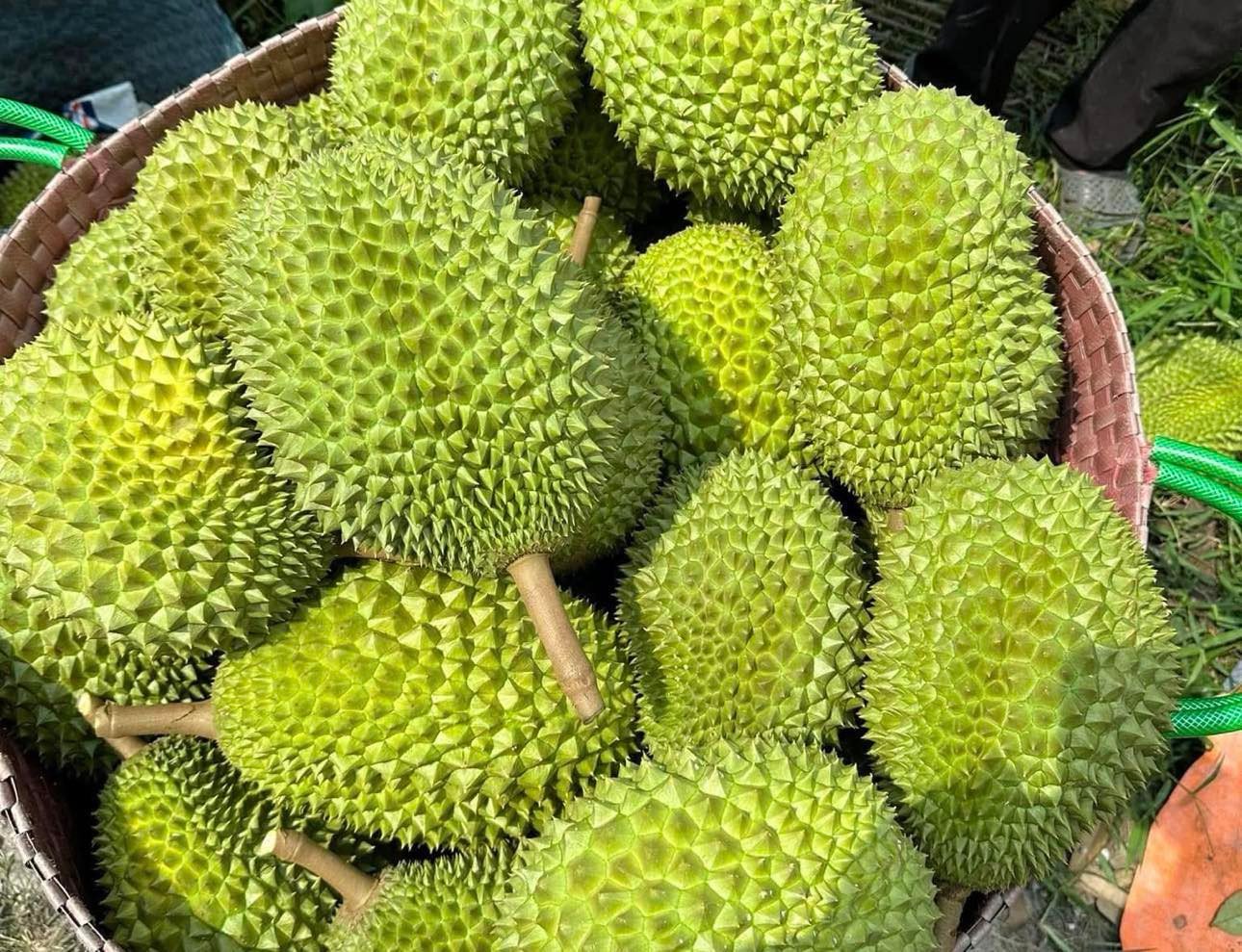
Speaking with PV.VietNamNet on February 20, Mr. Dang Phuc Nguyen - General Secretary of the Vietnam Fruit and Vegetable Association, admitted that earlier this year, durian exports to China encountered "problems" because the country's customs inspected 100% of imported durian shipments.
In addition, the Lunar New Year holiday lasted 9 days in late January and early February. During this period, the export of durian and other agricultural products also decreased.
Regarding the yellow O substance, Mr. Nguyen added that this incident originated from Thai durian. Thai shipments exported to China were found to contain yellow O substance. Immediately after that, they tightened inspection on 100% of durian shipments imported into the Chinese market, and Vietnamese durian was immediately "affected".
Therefore, at the beginning of this year, many batches of durian had to be turned back due to lack of yellow O quality inspection certificate, some businesses temporarily stopped exporting to wait for specific instructions.
In addition, the General Administration of Customs of China also issued a warning against some shipments of fresh fruit (durian and jackfruit) exported from Vietnam that did not comply with requirements on plant quarantine and food safety (FSS).
Fraudulent codes of growing areas and packing facility codes for export to the Chinese market still occur.
Recently, the Vietnam Economic and Cultural Office in Taipei (China) informed that the Taiwan - China Food and Drug Administration (FDA) has just issued a document announcing that it will extend the order to strengthen inspection of durian imported from Vietnam.
According to the FDA announcement, to ensure food safety for imported products, Taiwan (China) will continue to apply measures to inspect each batch of fresh durian imported from Vietnam, until April 30.
Previously, in August last year, the FDA issued a request to inspect each batch of fresh durian imported from Vietnam, with the inspection period extended to February 11, 2025, due to the discovery of four imported batches that did not meet standards.
At the end of December last year, Vietnam's "fruit king" also received news that the EU increased the frequency of inspections of Vietnamese durian from 10% to 20% after discovering many pesticide residues exceeding the permitted threshold.
The General Secretary of the Vietnam Fruit and Vegetable Association said that countries tightening plant quarantine and checking for banned substances is completely normal in the import and export of agricultural products in general and durian in particular.
However, these are also "alarms", farmers and businesses need to do business more seriously if they do not want to lose market share in export markets.
In addition, authorities need to be more drastic in inspection, supervision and dissemination of new information from export markets so that farmers and businesses can promptly grasp and avoid "accidentally not knowing and then violating", affecting the entire industry.
“Thai durian was tested for yellow O, causing a backlog of goods. Their entire political system immediately stepped in with a special campaign and strong measures to handle violations,” said Mr. Nguyen. Soon after, Thai durian was cleared for export to China again. He emphasized that this is also a lesson for Vietnam on how to manage and quickly resolve problems when they arise.
According to Mr. Nguyen, in Vietnam, there are many laboratories that test yellow O that are recognized by China. The batches of durian with full inspection certificates when going through customs procedures for export to China are proceeding normally. Export activities are also recovering and are expected to stabilize from March.
“Durian prices in growing areas are gradually increasing after a decline,” said the General Secretary of the Vietnam Fruit and Vegetable Association.
At the meeting of the Ministry of Agriculture and Rural Development in early February, the ministry's leaders also requested to strengthen inspection and control of plant quarantine objects to meet requirements for export goods.
Along with that, proactively monitor, warn, conduct surprise inspections to promptly detect and strictly handle establishments violating regulations on quality and food safety. At the same time, negotiate to resolve technical barriers to expand the market for agricultural products in domestic and international markets.
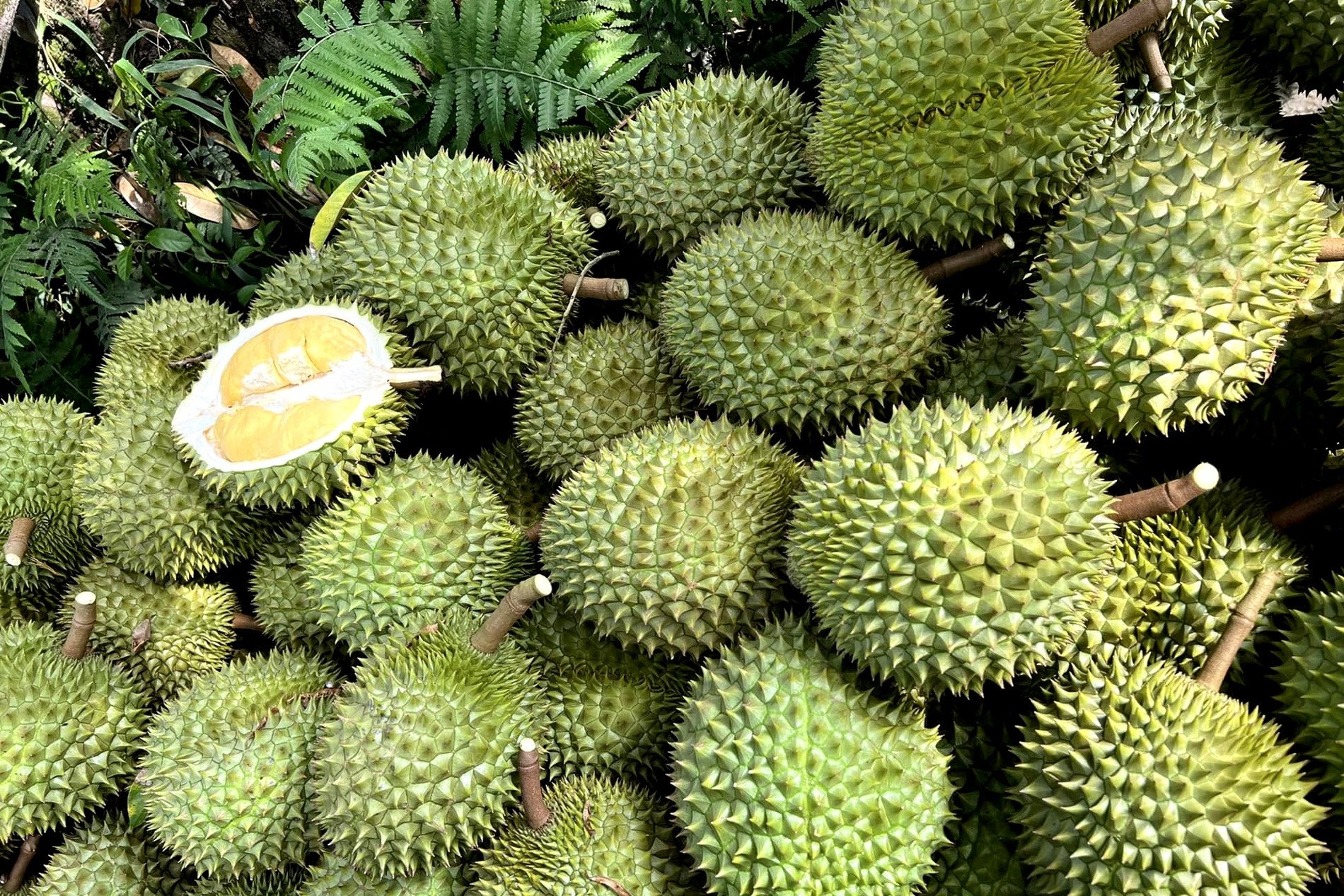
Source: https://vietnamnet.vn/don-dap-nhan-tin-xau-bao-dong-vua-trai-cay-3-2-ty-usd-2373273.html


![[Photo] The beauty of Ho Chi Minh City - a modern "super city" after 50 years of liberation](https://vstatic.vietnam.vn/vietnam/resource/IMAGE/2025/4/18/81f27acd8889496990ec53efad1c5399)
![[Photo] Promoting friendship, solidarity and cooperation between the armies and people of the two countries](https://vstatic.vietnam.vn/vietnam/resource/IMAGE/2025/4/17/0c4d087864f14092aed77252590b6bae)
![[Photo] Closing of the 4th Summit of the Partnership for Green Growth and the Global Goals](https://vstatic.vietnam.vn/vietnam/resource/IMAGE/2025/4/17/c0a0df9852c84e58be0a8b939189c85a)

![[Photo] Nhan Dan Newspaper announces the project "Love Vietnam so much"](https://vstatic.vietnam.vn/vietnam/resource/IMAGE/2025/4/17/362f882012d3432783fc92fab1b3e980)
![[Photo] National Assembly Chairman Tran Thanh Man meets with outstanding workers in the oil and gas industry](https://vstatic.vietnam.vn/vietnam/resource/IMAGE/2025/4/17/1d0de4026b75434ab34279624db7ee4a)
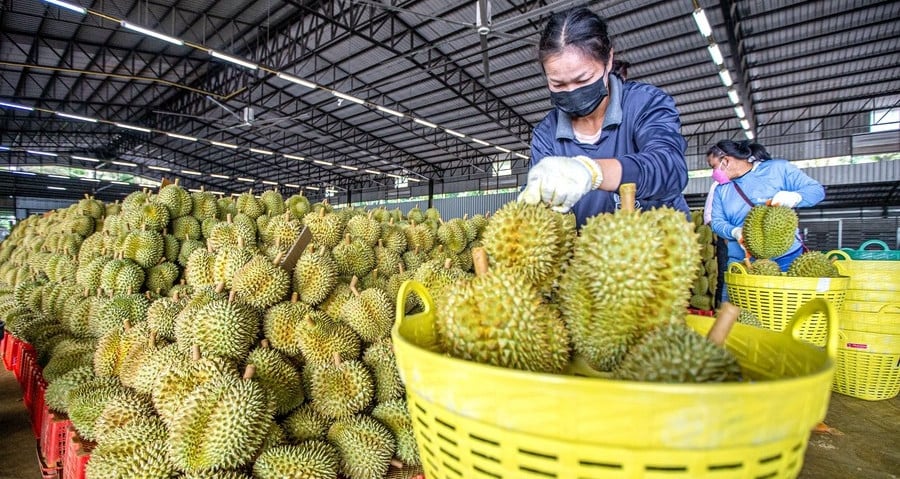
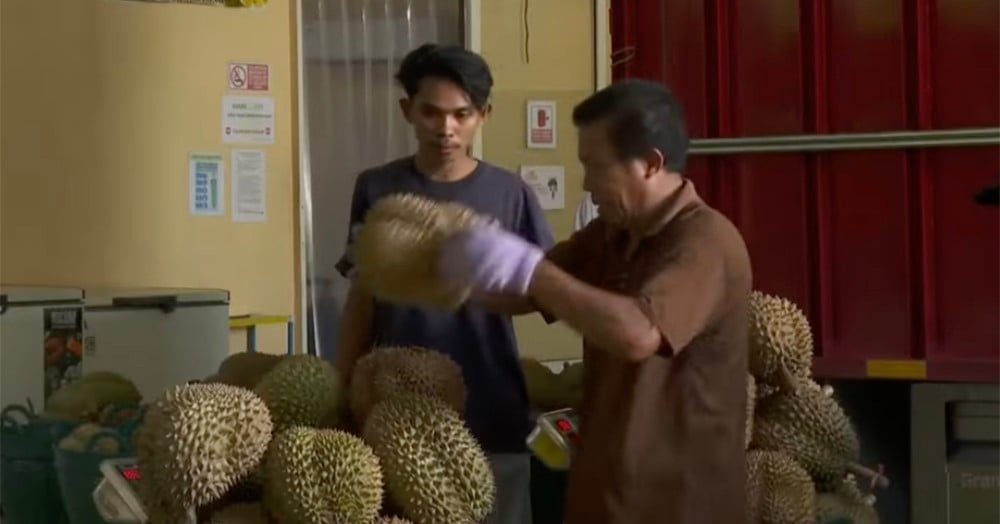
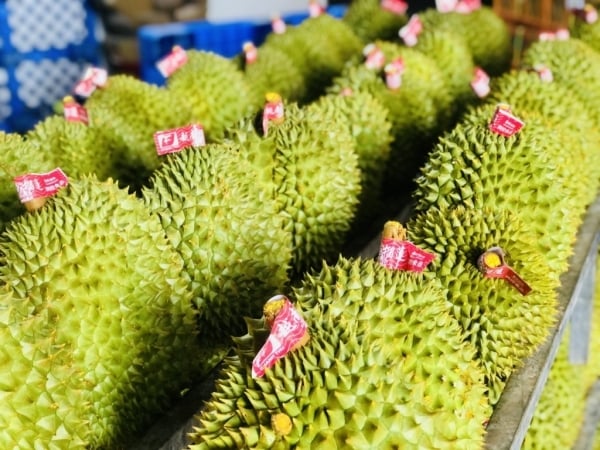

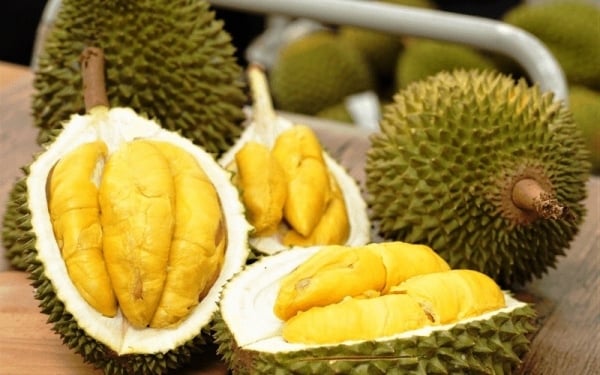
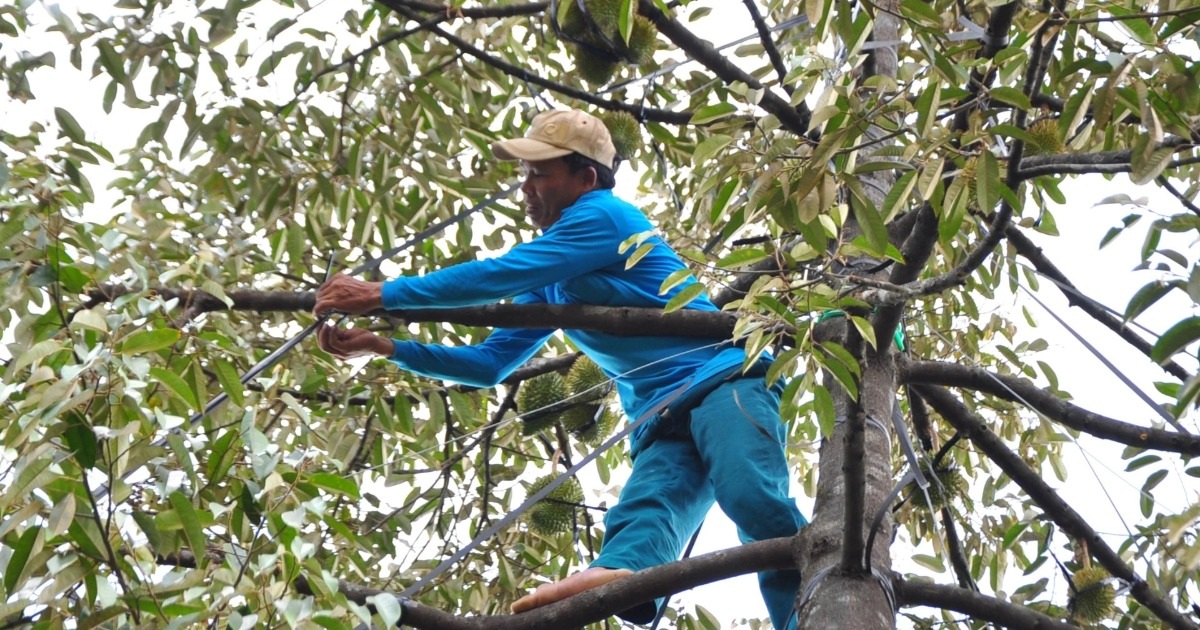

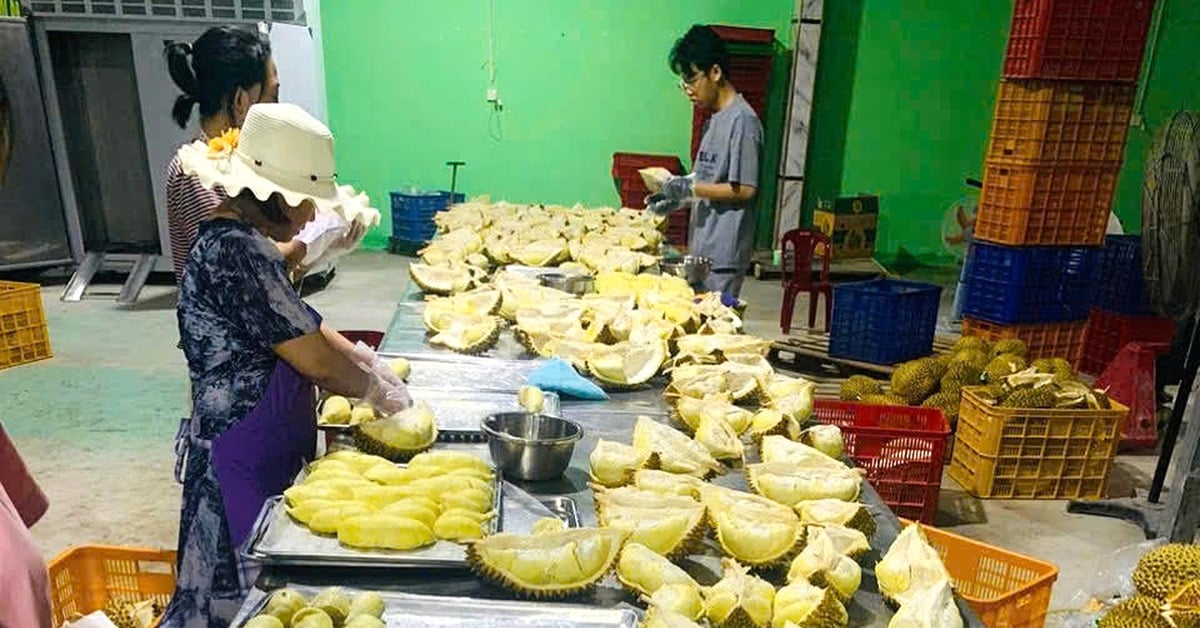



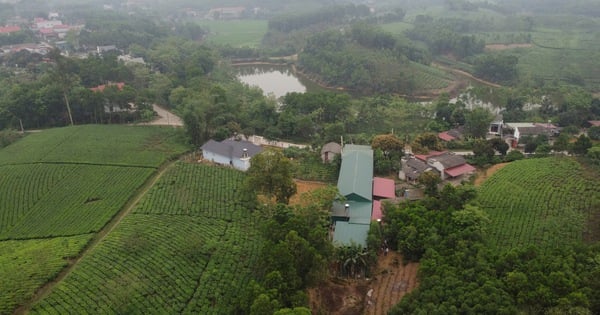
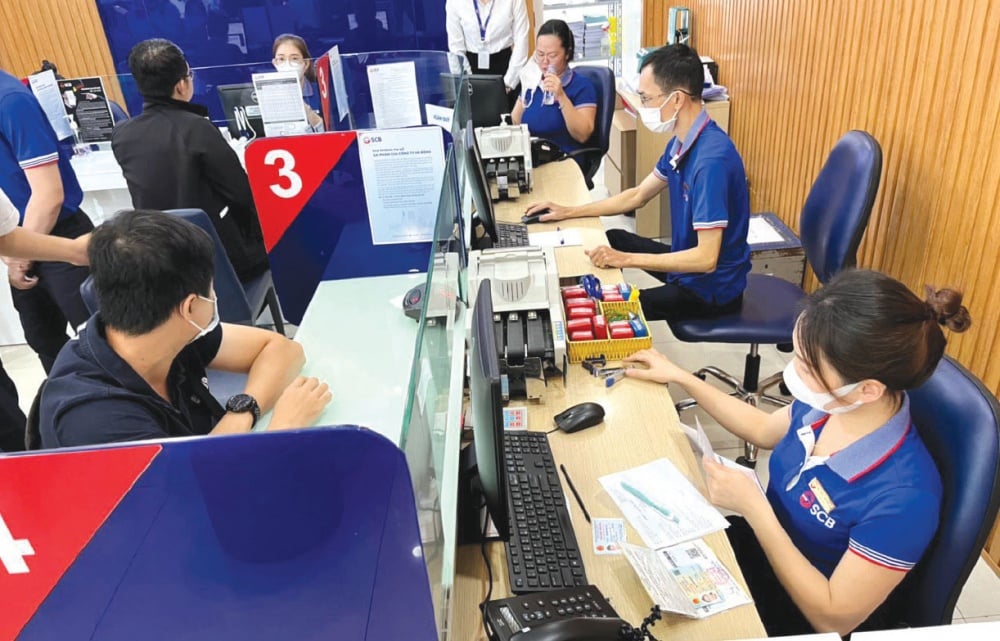
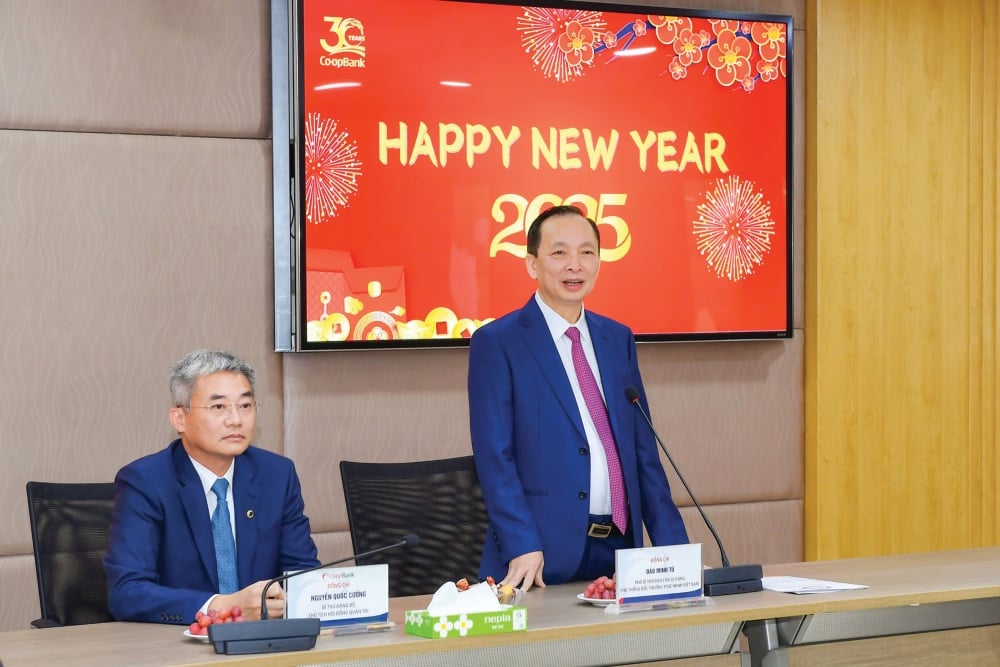







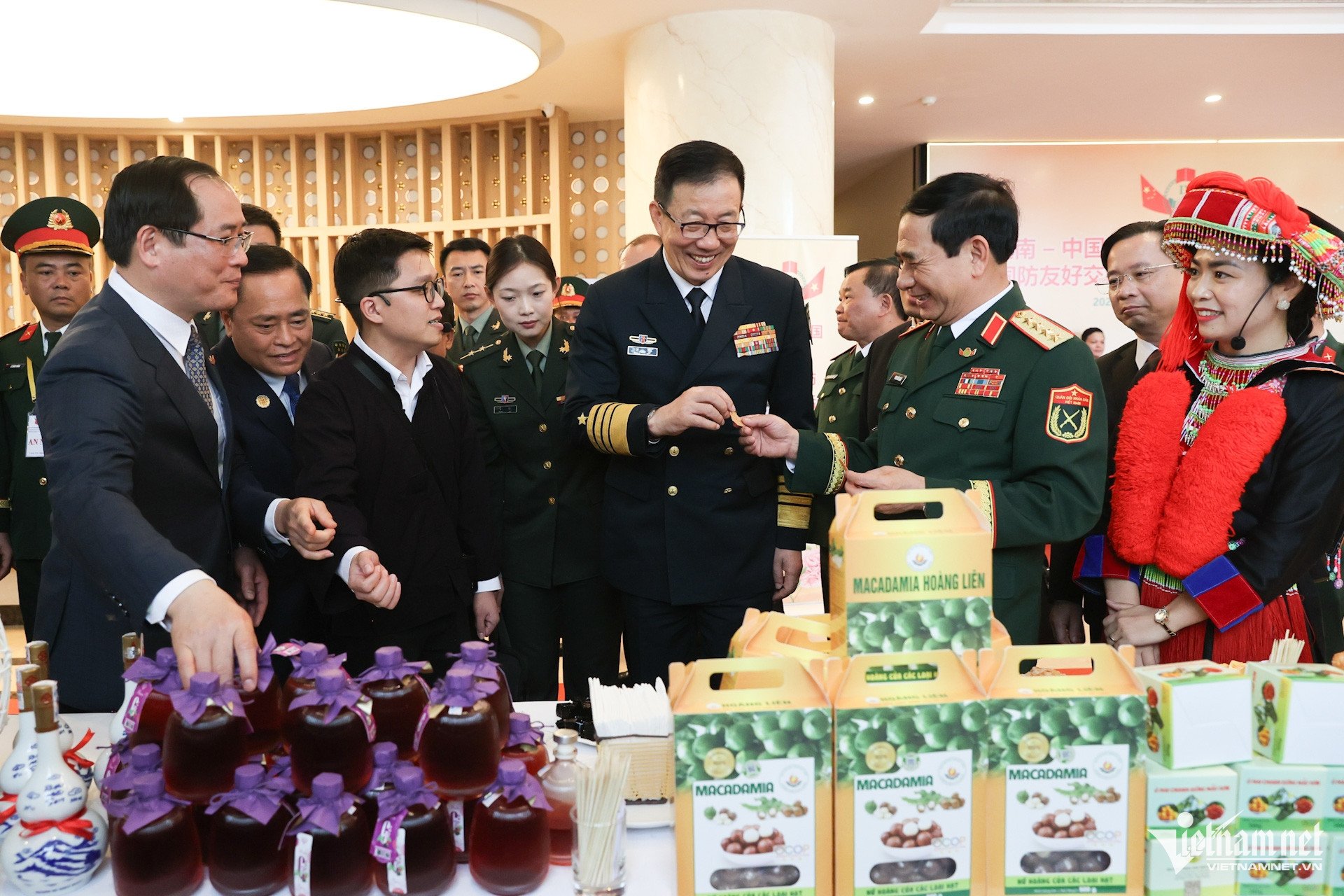
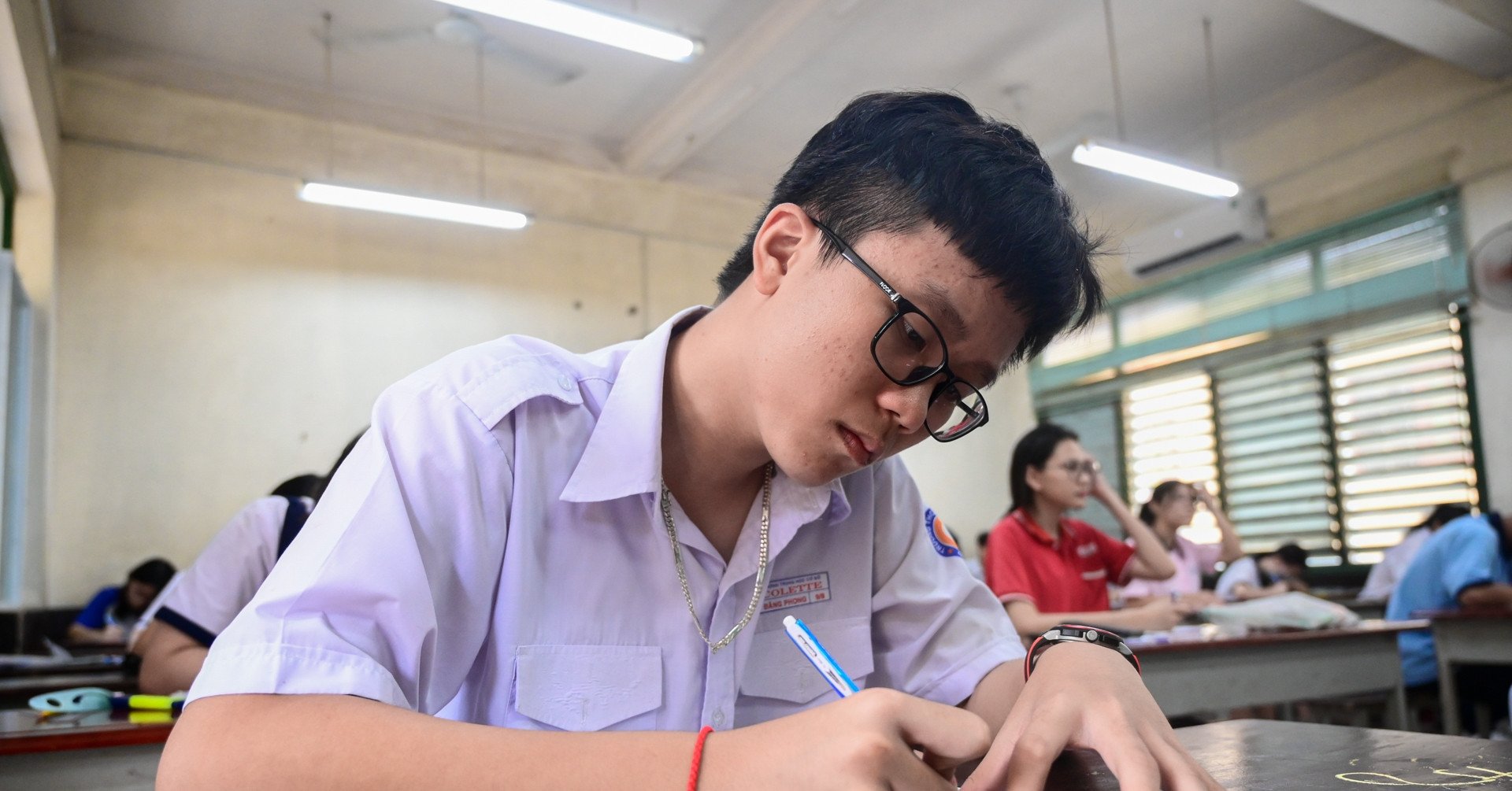
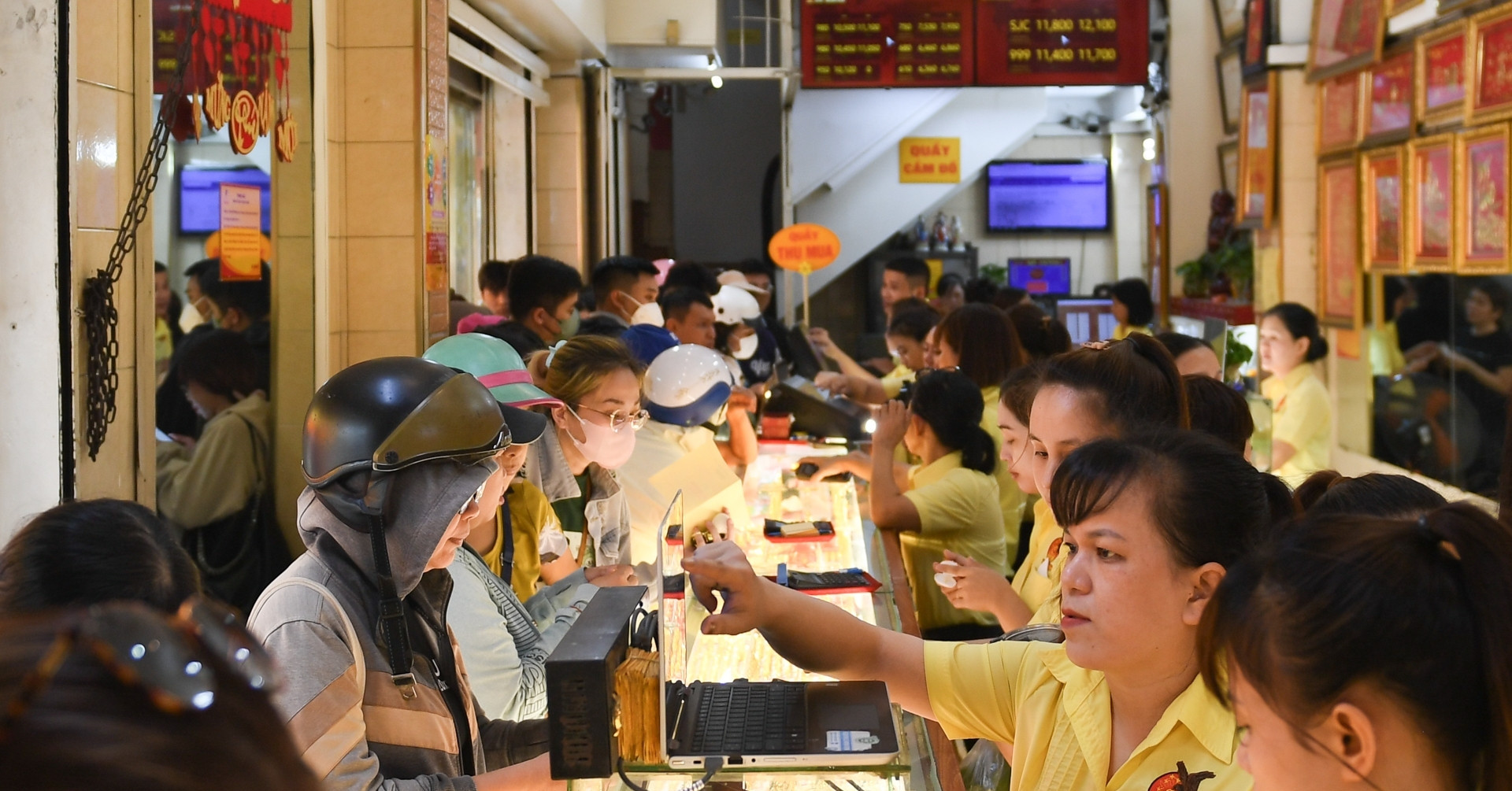
![[Photo] General Secretary To Lam receives CEO of Warburg Pincus Investment Fund (USA)](https://vstatic.vietnam.vn/vietnam/resource/IMAGE/2025/4/18/7cf9375299164ea1a7ee9dcb4b04166a)



























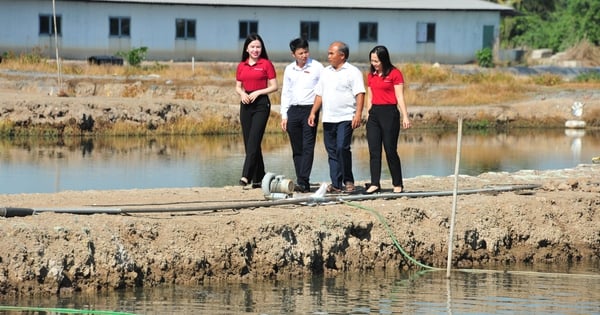

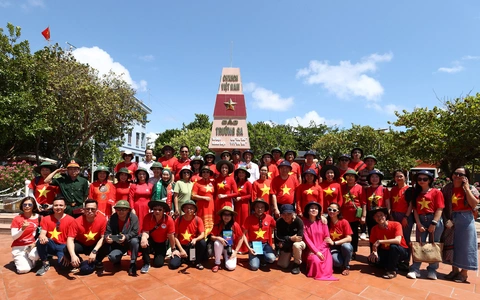
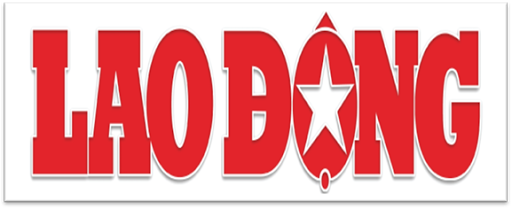







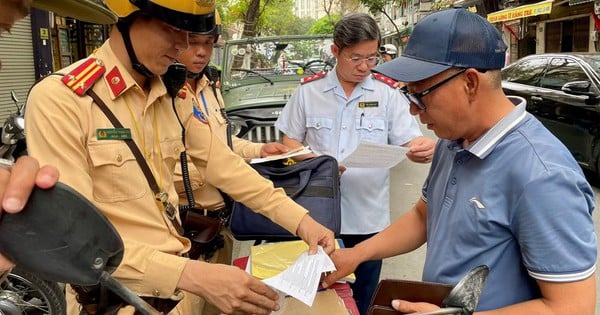



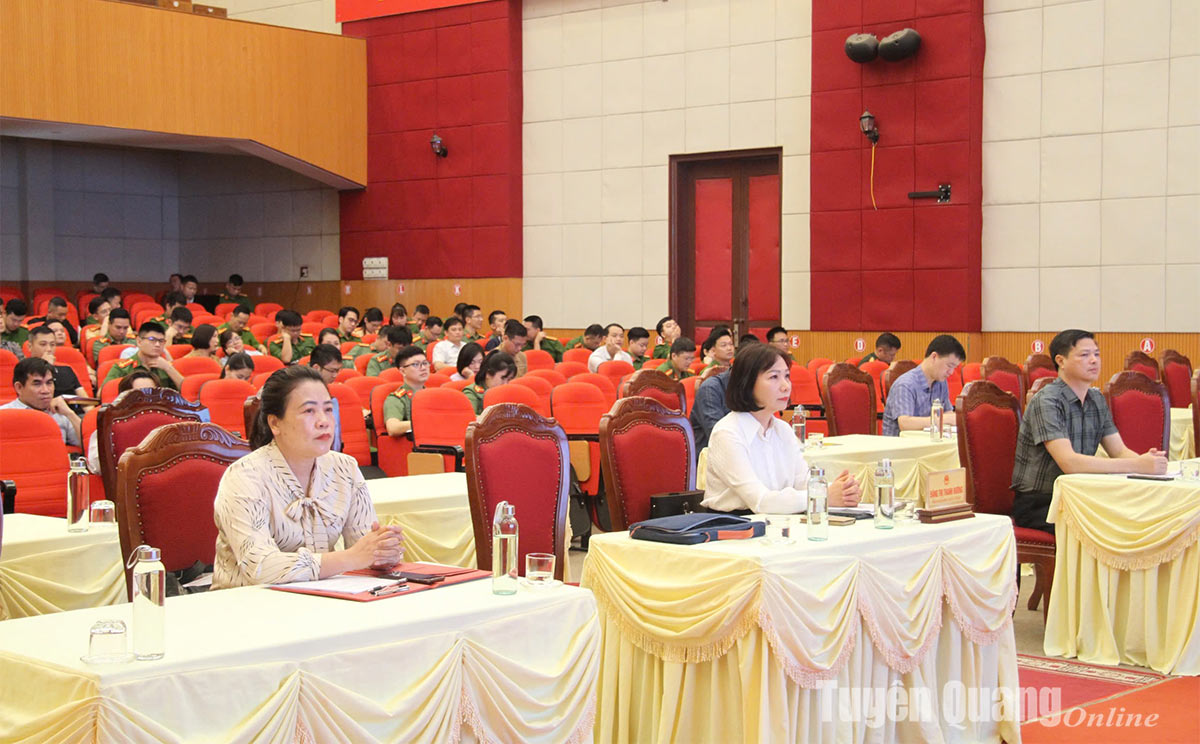

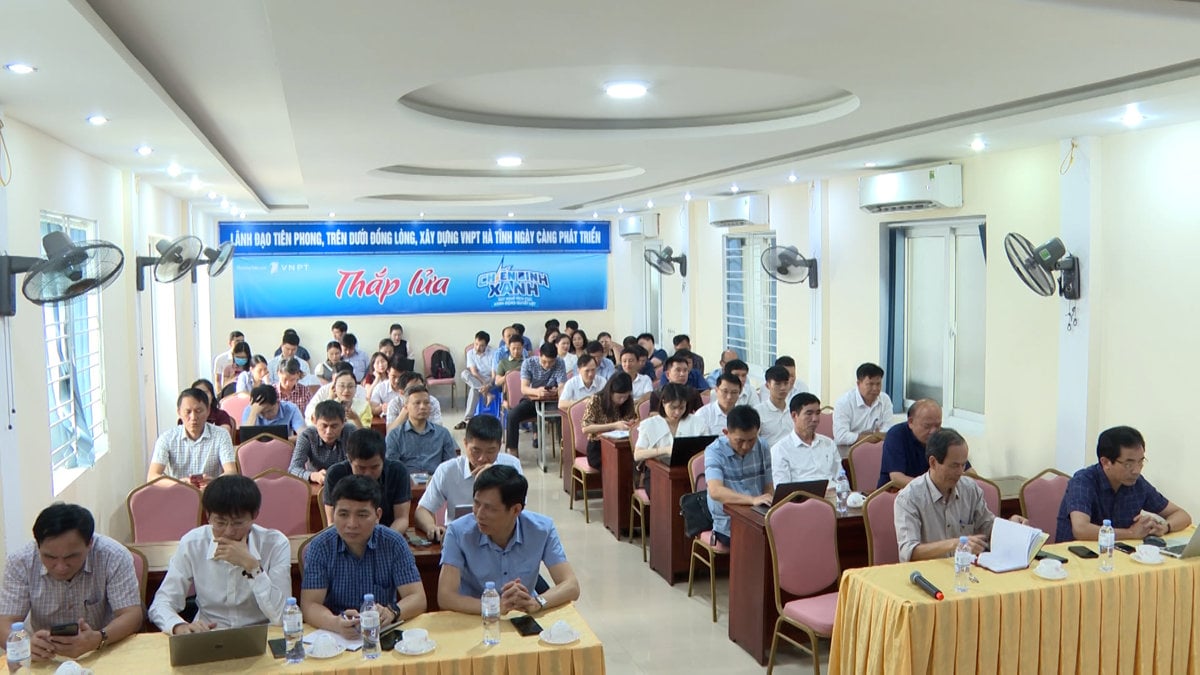





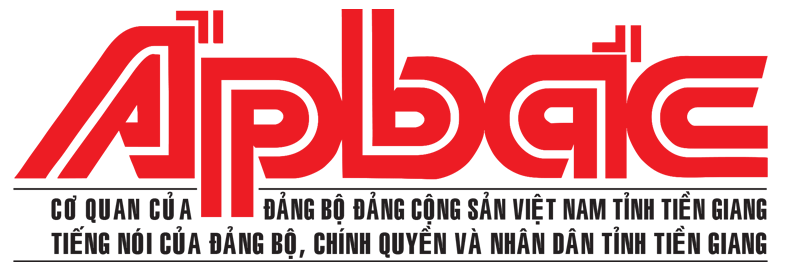
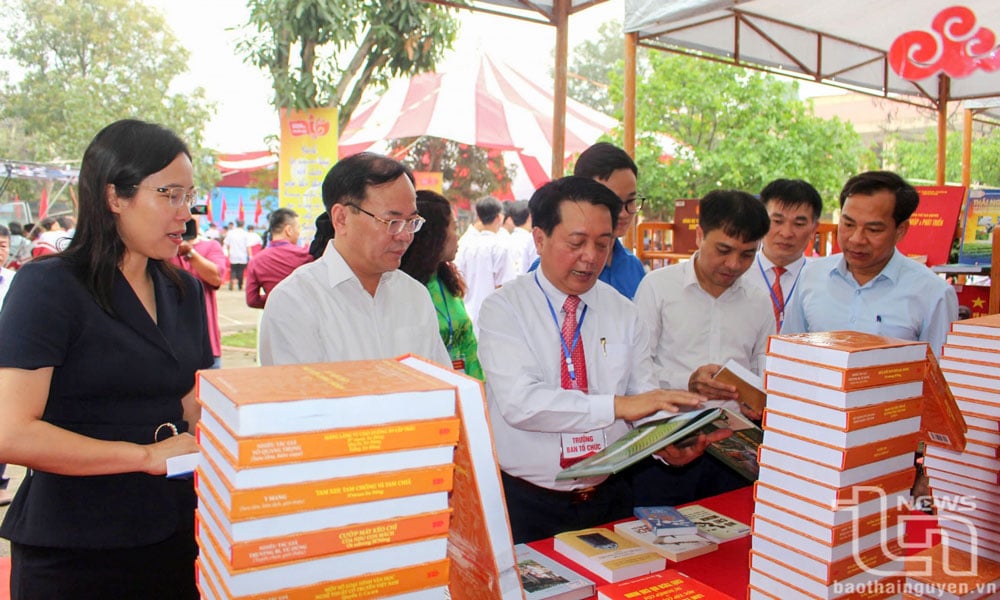












Comment (0)